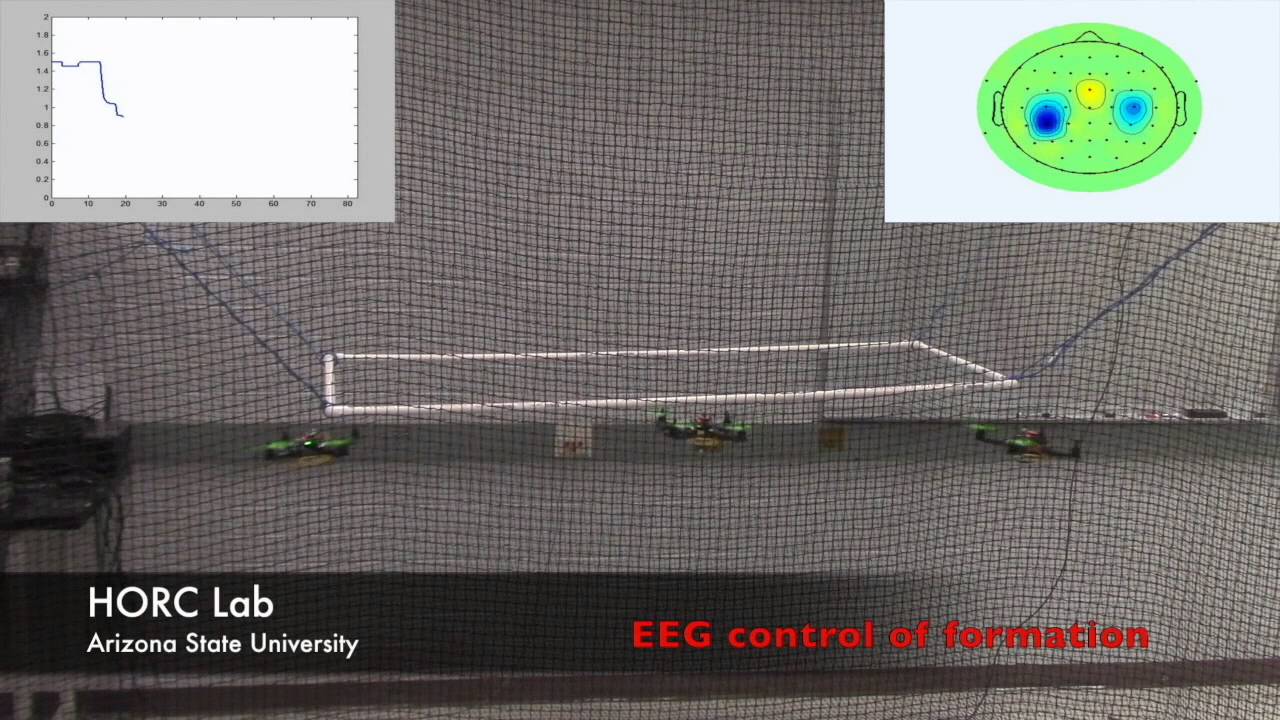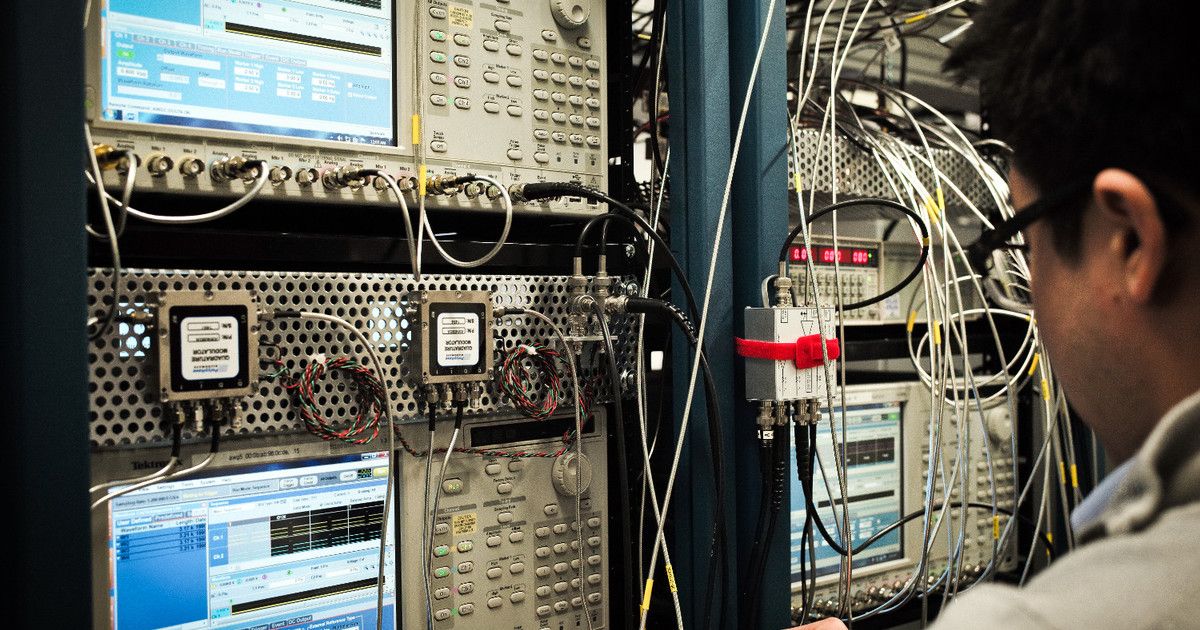About 5 years ago a friend of mine at Microsoft (Mitch S.) had a vision of making a new security model around drone swarms and a form of BMI technology. Glad to see the vision come true.
Scientists have discovered how to control multiple robotic drones using the human brain, an advance that can help develop swarms of search and rescue drones that are controlled just by thought.
A controller wears a skull cap outfitted with 128 electrodes wired to a computer. The device records electrical brain activity. If the controller moves a hand or thinks of something, certain areas light up. “I can see that activity from outside. Our goal is to decode that activity to control variables for the robots,” said Panagiotis Artemiadis, from the Arizona State University in the US. If the user is thinking about spreading the drones out, we know what part of the brain controls that thought, Artemiadis said.
A wireless system sends the thought to the robots. “We have a motion-capture system that knows where the quads are, and we change their distance,” he said. Up to four small robots, some of which fly, can be controlled with brain interfaces. To make them move, the controller watches on a monitor and thinks and pictures the drones performing various tasks.








